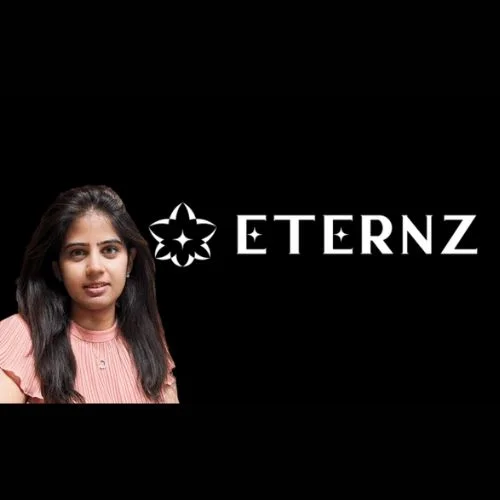The latest update, on ISRO’s Aditya L1 mission indicates that the launch rehearsal and internal rocket checks have been successfully conducted. The mission, which is scheduled for a September 2nd launch aims to study the Sun’s corona.
ISRO announced an update on its Aditya-L1 mission, a significant endeavor aimed at studying the Sun. The recent report highlighted the successful completion of the launch rehearsal and the internal checks of the rocket.
The scheduled launch date for this mission is September 2nd at 11:50 a.m. from the Sriharikota spaceport.
At the core of the Aditya-L1 mission is the spacecraft, meticulously designed to facilitate remote observations of the solar corona.
Additionally, it will engage in observations of the solar wind from the Sun-Earth Lagrangian point, known as L1. This point resides about 1.5 million kilometers away from Earth.
Notably, this endeavor will mark a significant milestone as the first dedicated Indian space mission for solar observations, emanating from the headquarters in Bengaluru.
The spacecraft, set to become India’s inaugural space-based solar observatory, will commence its journey through the launch vehicle PSLV-C57.
In a recent social media update, ISRO shared, “The preparations for the launch are progressing,” confirming the completion of the Launch Rehearsal – Vehicle Internal Checks.
The Aditya-L1 mission boasts a robust scientific agenda, revolving around a suite of seven distinct payloads. These payloads are strategically designed to scrutinize various facets of the Sun, including the photosphere, chromosphere, and the outermost layer, the corona.
The mission aims to gather data across different wavebands, enhancing our understanding of the Sun’s dynamic behavior. Notably, Aditya-L1 stands as a remarkable feat of indigenous engineering, realized with the active involvement of national institutions, as articulated by an ISRO official.
Leading the development of the Visible Emission Line Coronagraph payload is the Indian Institute of Astrophysics (IIA), based in Bengaluru.
Simultaneously, the Solar Ultraviolet Imager payload has been skillfully crafted by the Inter-University Centre for Astronomy and Astrophysics in Pune.
Aditya-L1’s suite of instruments is poised to unravel various solar mysteries. With its UV payload, the spacecraft will provide insights into the corona and solar chromosphere, while the X-ray payloads will enable the study of solar flares.
Complementary to this, the particle detectors and magnetometer payload are equipped to furnish valuable data regarding charged particles and the magnetic field in the vicinity of the L1 halo orbit.














